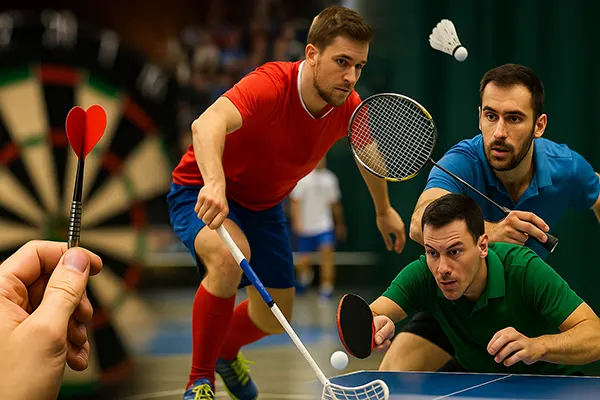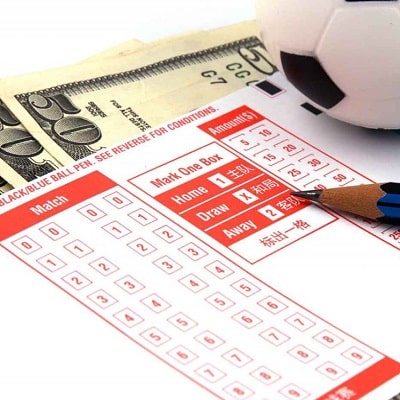The use of machine learning in sports analytics has evolved dramatically over the past decade, with ice hockey standing at the forefront of predictive modelling. The National Hockey League (NHL) playoffs, known for their volatility and unpredictability, present a unique challenge for data scientists and analysts. By 2025, modern algorithms are reshaping how experts evaluate player performance, team dynamics, and the probability of series outcomes with previously unseen precision.
Advancements in Predictive Modelling for NHL Playoffs
Machine learning models used to forecast NHL playoff series results now incorporate deep datasets that extend far beyond traditional statistics. They analyse advanced performance indicators such as Expected Goals (xG), Corsi, Fenwick, and zone entries, which capture a more nuanced understanding of team efficiency and player contribution. These variables are essential for capturing context that raw scoring data often overlooks.
One of the most significant improvements in 2025 lies in the integration of deep neural networks. These systems can process temporal sequences of in-game events, allowing analysts to identify momentum shifts that influence a series outcome. Recurrent neural networks (RNNs) and transformer models are frequently applied to time-based datasets, predicting not only who might win but also how specific game conditions influence victory probabilities.
Moreover, reinforcement learning techniques have become central in simulating playoff strategies. By modelling thousands of game situations, algorithms learn optimal tactical responses, such as when to pull a goalie or adjust defensive formations. This insight supports coaches and analysts seeking real-time decision-making enhancements during critical playoff moments.
Data Collection and Model Training Processes
Accurate predictions rely heavily on data quality. NHL tracking systems now capture puck and player movement at microsecond intervals, producing over one terabyte of raw data per match. This information is filtered, normalised, and labelled to train supervised models capable of recognising game patterns across seasons.
Feature engineering remains a cornerstone of the predictive process. Analysts use player fatigue levels, injury reports, and travel distances as features to evaluate contextual influence on team performance. Data scientists combine these variables using gradient boosting and ensemble methods to enhance model stability and reduce overfitting.
In 2025, the accessibility of cloud computing resources allows real-time model retraining. Teams and betting analysts can update their algorithms mid-playoff, responding to changing player conditions or tactical shifts. The result is a living model that evolves dynamically alongside the competition itself.
Real-World Applications in NHL Analytics
Professional franchises are increasingly investing in AI-driven analytics departments. For example, teams like the Toronto Maple Leafs and Vegas Golden Knights have publicised their use of predictive algorithms to guide scouting, trade evaluations, and performance optimisation. These applications go beyond winning forecasts—they support overall strategic planning.
Fan engagement platforms also benefit from machine learning. Predictive insights are now integrated into live broadcasts, offering spectators win-probability charts that update after every shift. This not only enhances the viewing experience but also provides educational insights into the underlying mathematics of hockey success.
Another growing application area is sports betting, where accuracy in playoff prediction translates directly into financial outcomes. Ethical AI standards introduced in 2024 require transparency in model design, ensuring that analytical predictions are auditable and based on verifiable data rather than speculative bias.
Limitations and Ethical Considerations
Despite its sophistication, machine learning is not infallible. Random variance, injuries, and human factors continue to disrupt predictive accuracy. Analysts recognise that the NHL’s physical nature introduces uncertainty beyond any model’s reach. This keeps the sport engaging and prevents full predictability.
Ethically, the increasing reliance on machine learning raises questions about fairness and data ownership. Teams with greater financial resources can access superior data pipelines, potentially widening the competitive gap. The NHL has introduced guidelines promoting equal access to official data to ensure integrity within the sport.
Transparency remains key to maintaining trust in predictive analytics. Publicly available research papers and open-source frameworks encourage collaboration between statisticians, universities, and professional analysts, preventing monopolisation of predictive insights by a few elite organisations.

The Future of Machine Learning in NHL Predictions
Looking ahead, the combination of artificial intelligence and biomechanical tracking will transform playoff analysis even further. Wearable sensors integrated into player uniforms provide biometric data—heart rate, acceleration, and recovery rates—enhancing models’ ability to forecast fatigue-driven performance changes.
Hybrid models that merge traditional machine learning with generative AI are expected to simulate full playoff series with near-photorealistic accuracy. These simulations will allow analysts to visualise alternate outcomes, test hypothetical scenarios, and explore how minor tactical shifts could have changed historical results.
Additionally, by 2025, collaboration between sports data companies and academic institutions has led to the rise of open research initiatives. These projects aim to standardise model evaluation metrics, ensuring that predictions are scientifically reproducible and ethically sound. As technology evolves, predictive analytics will remain a valuable complement—not a replacement—for human judgment in professional ice hockey.
Integration with Human Expertise
While algorithms can uncover hidden statistical relationships, the best playoff predictions emerge when machine learning complements expert intuition. Coaches, scouts, and former players provide qualitative insights that no model can fully replicate. Combining data-driven reasoning with experience-based judgment leads to a more complete analytical framework.
Human interpretation ensures accountability. Analysts must explain why a model favours a specific team and how input variables affect its outcome. This interpretability is essential for maintaining credibility, particularly when decisions influence high-stakes investments and fan expectations.
Ultimately, the fusion of technology and human expertise defines the future of NHL analytics. Machine learning will continue to evolve, but its success will depend on the analysts’ ability to balance mathematical precision with the unpredictability that makes hockey one of the world’s most exciting sports.




